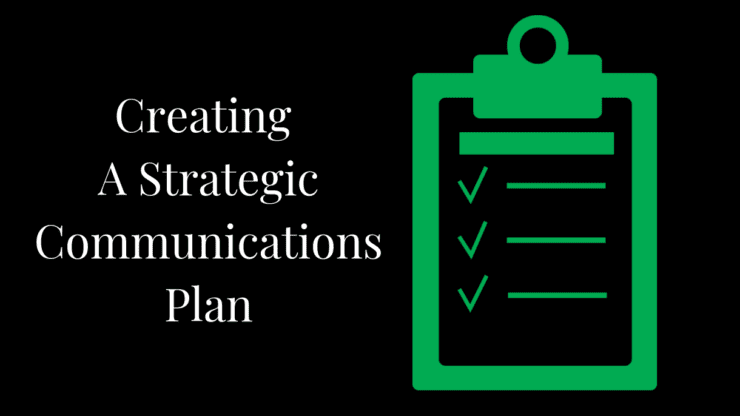Creating a strategic, year-long communications plan is vital for every organization. And for those of us working at agencies, corporations or nonprofits, it’s that time of year when we need to look at what has been accomplished this year and plan for the coming year.
For those who may never have created a strategic communications plan before, it’s definitely not something created overnight. It takes time and a lot of work. But your effort will be well worth it.
If you’re asking yourself where to start, here are a few tips to help get the ball rolling on your strategic communications plan:
- Determine the communication objectives. When creating objectives you need to be as specific as possible. What do you want to accomplish? From here keep in mind that only projects and tactics that help to reach the objectives should be carried out. At the end of the campaign you should be able to definitely say whether the objective was met.
- Identify the key target audiences and develop key messages. Identify the audience(s) you need to reach in order to achieve your objectives. Once identified, you can create the appropriate messages that resonate with each target audience. For example, to reach your objectives your target audience might be both Gen X and Baby Boomers. Knowing this helps you create messages and tactics that focus on each of these demographics. (Note: this might mean that you have different key messages for each group.)
- Determine how success will be measured. There is often a misconception that communications and public relations efforts can’t be evaluated. There are however quite a few elements that can be measured. For example, depending on your objectives potential evaluation elements might include: an increase in traffic to your website; an increase in donors of a particular age; engagement from e-newsletters; or key messages getting included in media placements.
- Brainstorm tactics. Here is where you determine what type of communication will best convey your message to your target audience(s). This may include press release distribution, blog post writing, media pitching, video production, or a social media campaign, just to name a few. A strategic communications plan will always include specific ways that you can reach your target audiences throughout the year.
- Develop a tactical planning calendar. This is a vital piece of a communication plan as it enables you to see how the tactics work together throughout the year. It will also help you to stay on track with all the tactics throughout the year. For example, start by adding when each tactic needs to happen, then work backward and include when the tactics needs to be created, approved, pitched, etc., in order for each to be accomplished in accordance with your plan.
I hope this helps as you tackle your 2020 communications plan.
Posted In Measurement, Public Relations

